Full Guide To Calcite vs. Aragonite (This is the Difference)

In order to work with our crystals effectively, we need to understand their properties. With crystals that look similar or have similar uses, such as Calcite and Aragonite, it can be difficult to determine which one to work with. The answer should always be; the one that you are drawn to the most. However, if you are looking to find the difference in physical appearance as well as metaphysical properties, you’ll find your answer here.
Calcite and aragonite are both made up of calcium carbonate. Calcite has more consistent color, sometimes with faint white lines, while aragonite has distinct color zoning and sometimes banding. The former is also slightly softer with a trigonal mineral structure, while aragonite has an orthorhombic structure.
Continue reading if you want to know more about the (physical) qualities of these stones, as well as how you can use them in your spiritual practice.
Also read: Calcite vs. Quartz: This Is The Difference
Want more help or information? If you have any more questions after reading this blog post or want a personal answer for your specific situation, join the free Facebook group! We promise you’ll get an answer from either our team members or a community member.
Calcite vs. Aragonite – How To Tell The Difference?
In order to understand the difference between these two stones, we can look at the color, shape, pattern, clarity, and more. Below we’ll describe all these aspects in detail.
Hardness
Calcite is a soft stone, rating 3 on the Mohs hardness scale. Aragonite is also a soft stone but is slightly harder than its counterpart, as it rates 3.5- 4.
If you’re unfamiliar, the Mohs scale of hardness determines a stone’s hardness by measuring how scratch-resistant it is. According to this scale, a stone can scratch any other mineral with a lower score. For reference, talc is a 1, whereas diamond is a 10.
In our example, aragonite should be able to scratch calcite. When you’re wanting to determine which stone you have, try scratching a copper penny or a piece of azurite (rating 3.5) on the stone. If it scratches, it is likely to be calcite. If it doesn’t, it is more likely to be aragonite.
Color, Pattern and Shape
Calcite offers a wide variety of colors. The shades include brown, red, yellow, clear, orange, and blue. Aragonite comes in a variety of colors, including green, orange, purple, yellow, red, blue, and white.
When polished, aragonite often has distinct color zoning and sometimes even banding. Calcite is more consistent in color, although you are likely to find some faint white lines.
Additionally, raw aragonite is probably the easiest to recognize because of its distinct shape. It is often a cluster of orthorhombic shapes, as you can see below.
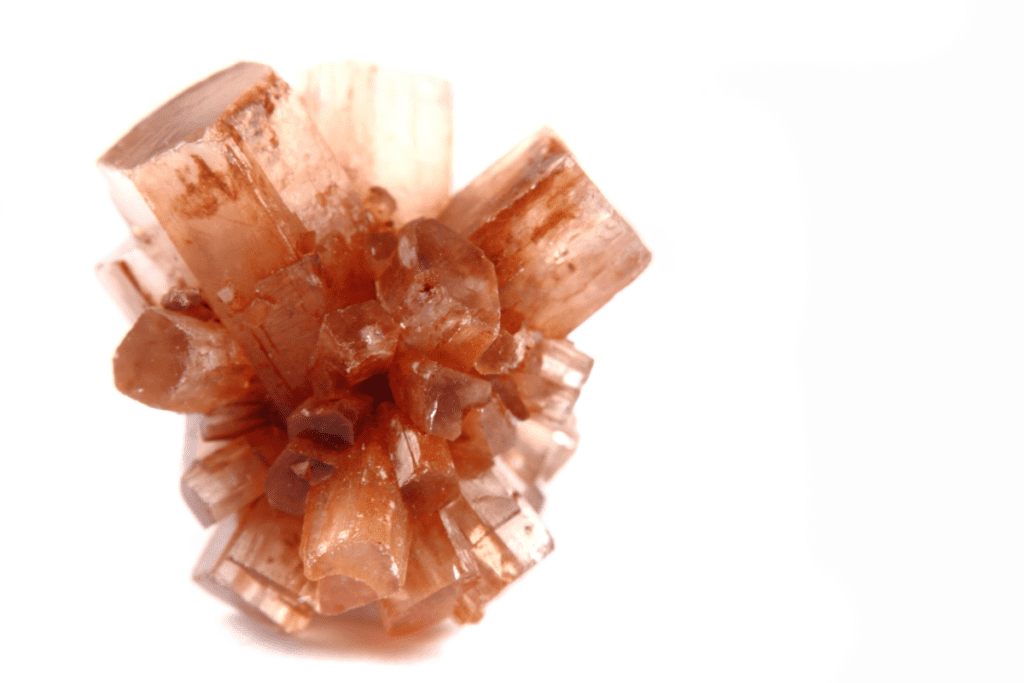
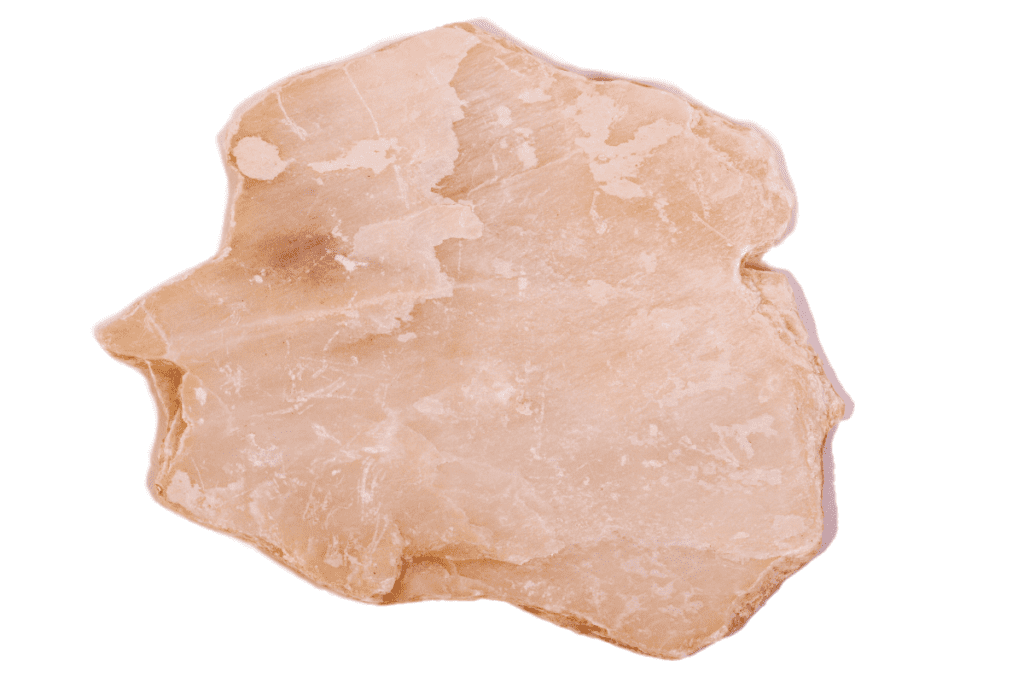
Clarity and Luster
Both calcite and aragonite can be transparent to opaque, meaning it is difficult to determine the difference between these stones based only on how see-through they are.
Calcite often looks waxy and has a slippery feel. Colorless calcite can be more glass-like. On the other hand, Aragonite is more likely to have a glass-like shine.
Chemical Composition
Green calcite is a calcium carbonate mineral that forms as a result of calcium-rich rain. Over time, the water that has hit the ground will evaporate, while the calcium is left behind. This then forms into calcite.
In addition to calcium, calcite often has metal inclusions, causing these stones to have different colors.
Aragonite is also a carbonate mineral with the same chemical formula as calcite, but the crystal structure differs. This is one of the reasons why these two stones look different, despite having the same composition. Calcite has a trigonal mineral structure, while aragonite has an orthorhombic structure.
Also read: Pink Calcite vs Rose Quartz: This is the Difference
Location
Calcite is one of the most abundant minerals on earth and is found all around the world. Some of the top producers of calcite are Belgium, Vietnam, France, Malaysia and Norway.
Aragonite is also found across the world. However, the highest quality aragonite is found in Austria and Germany.
Also read: Calcite vs. Quartz: This Is The Difference
Care
Because of these stones’ low hardness rating, we need to be careful when handling them. The stones can be cleaned by using a moist microfiber cloth, but make sure to dry them afterward. Because of their soft nature, the stones cannot be cleaned by running them under water or leaving them to soak. This will either dissolve or break them. Acid treatments are also not recommended.
Apart from physically cleaning the stones, you might want to clear them from negative energies. This is highly recommended if you use them for their metaphysical properties.
The reason for this is that these stones absorb low vibrations. Every month or so, you want to remove these energies from the stone so you can continue to use it. After cleansing, it is recommended you also recharge the stones to make sure they are full of positive energy to share with you.
Aragonite and calcite can be cleansed and recharged by moonlight or using cleansing crystals like selenite and clear quartz. You could also use sound to cleanse and charge these stones. Below you’ll find a video; get comfortable, hold the stone(s) in your hands, let the music fill the room and visualize the vibrations cleansing your crystals.
We do not recommend leaving them in the sun, as they are likely to fade when exposed to direct sunlight for longer periods. It is also best to keep these stones away from salt.
(Meta)Physical Healing Properties
Beware that crystals are never a replacement for professional medical help. If you have any issues, see a doctor first and follow their advice.
The properties of calcite are plenty and differ depending on the color of the stone. Overall, the stone works as an energy cleanser, activates chakras, restores balance, and aids spiritual connection. They are also believed to increase emotional intelligence and motivation.
The stone’s cleansing powers are used to dispel negative energies in our environment.
Aragonite is known as the stone of truth, reality, and understanding. The stone can be used to nurture tolerance, trust, and patience. It is often very connected to our feelings, especially when we are feeling stressed or oppressed. The stone will encourage understanding and help you pursue freedom and your desires.
Physically, calcite is used to detoxify organs, especially the kidneys and liver, improve body immunity, and promote calcium absorption.
Aragonite is used to help with hormonal imbalances, emotional fatigue, relieving headaches, muscle tension, and better sleep.
Also read: Apophyllite vs. Clear Quartz: This Is The Difference
Zodiac Association and Ruling Planets
Neither calcite nor aragonite is a birthstone. However, we can look at their associated planets to determine which zodiac signs they are most compatible with. The planet for calcite changes depending on the color, but overall they are related to the moon; the ‘planet’ of intuition, emotion and femininity. The sign of Cancer is also ruled by the moon. As a result, calcite helps the sensitive sign in making non-emotional decisions, adapt to change, process their feelings, and amplifies their best qualities. It also helps them let go and stop dwelling on the past.
For aragonite, associated planets also change depending on the variety. Most commonly, aragonite is associated with Saturn, the planet of determination, hard work, and authority. As a result, it matches well with Capricorn. The stone can help Capricorn by channeling their energy and focus towards their goals. It also keeps them confident and grounded.


Element Association
Many cultures have developed the idea of elements to explain nature. In the west, this idea was created by the ancient Greeks and consisted of 4 elements: Earth, Air, Fire, and Water.
The 4 elements represent the following:
- Earth for personal growth, stability and security
- Water for love, friendships and emotions
- Air for intellect, wisdom and communication
- Fire for energy, passion and action
By looking at a crystal’s or gemstone’s properties, we can determine which element fits best. For aragonite and calcite, the element is earth. Apart from the above-mentioned aspects, it may also signify new beginnings, rebirth, endings, or death. Crystals of this element can be used to bring stillness and attract material wealth, as well as overall stability and calm.

Chakra Association
Calcite and aragonite are associated with different chakras, depending on the color of the stones. In the image below, you’ll find the colors for each chakra so that you can match it with the color of your stone. Keep in mind that the crown chakra, normally represented by violet, also matches with clear or white stones. The heart chakra (normally green) is also connected to pink stones, and the root chakra (normally red) also connects to brown or black stones.
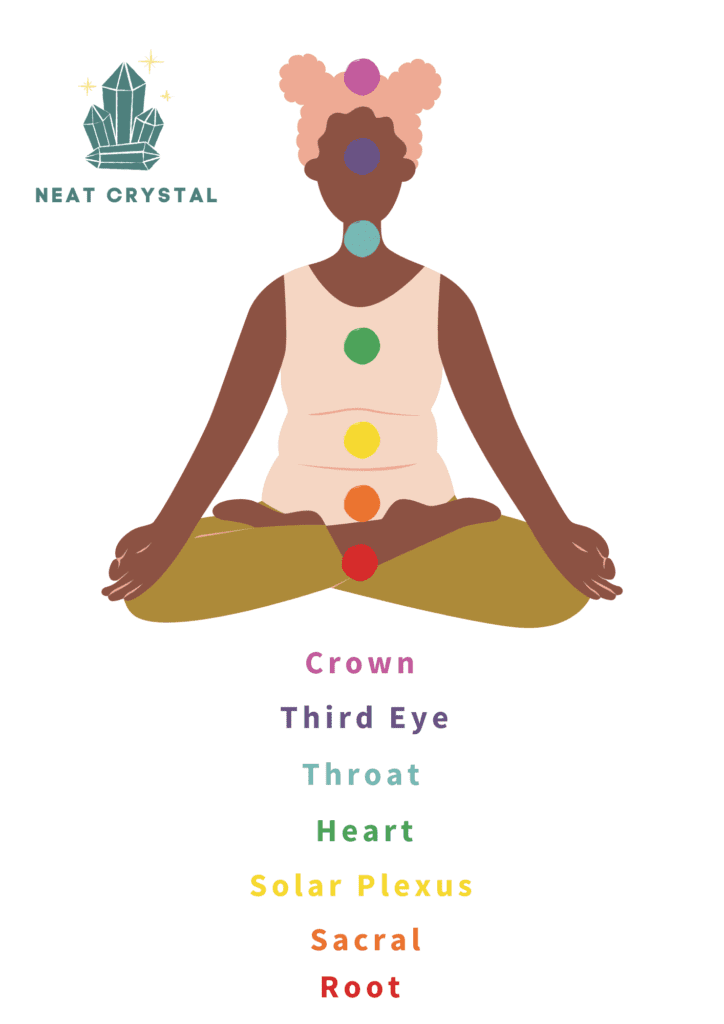
Root Chakra (Muladhara)
This is the first chakra, located at the base of the spine. The chakra is represented by red and is associated with the earth element. This chakra controls our feelings of stability, security, ambition and dependency. It also affects our interactions with the world around us. The root chakra is also the source of balance for the entire chakra system. Signs of imbalance on the chakra are fear, insecurities and feelings of frustration. A balanced root chakra leads to independence, motivation and self-confidence.
Sacral Chakra (Svadihsthana)
The chakra is located below the belly button and is represented by a vibrant orange color. This chakra is associated to the water element. The chakra is responsible for reproduction, sexuality, creativity and adaptability. An imbalanced sacral chakra leads to lack of motivation, creativity and susceptibility to emotional outbursts.
Solar Plexus Chakra (Manipura)
This chakra is found between the navel and the rib cage. It is represented by yellow and associated with the fire element. It governs our emotions and self-esteem. Imbalances in this chakra are thought to present themselves in emotions like aggression, depression, low self-esteem and anger. On a physical level, imbalances in the chakra may cause digestive and liver complications. When balanced it brings energy, confidence, and productivity.
Heart Chakra (Anahata)
The chakra lies in the middle of the cardiovascular system. The chakra is represented by pink and green and acts as the connection between the upper and lower chakras. It is also associated with the air element. The chakra represents passion, trust, love and compassion. Imbalanced heart chakra causes lack of trust, anxiety, anger and mood swings. A balanced heart chakra leads to compassion and giving and receiving love freely.
Throat Chakra (Vishuddha)
This is located in the throat area and is represented by blue. The chakra is connected to the earth element. It governs communication, self-expression and confidence. Imbalances in this chakra manifest in difficulty communicating and gossiping. A balanced throat chakra will help you express yourself better and engage in meaningful dialogues.
Third Eye Chakra (Ajna)
The chakra is located between the brows and is represented by indigo. The chakra governs wisdom, intellect and spirituality. An open and balanced Ajna will connect you to divine energies and free you from worldly attachments.
Crown Chakra (Sahasrara)
The crown chakra is the highest of all chakras, located at the top of the head, and is represented by violet. The chakra governs spirituality and serves as a connection to divine realms and a sense of a higher self. Imbalances in this chakra can lead to detachment from the real world, and destructive thinking.
Numerical Vibration
Calcite vibrates at 8. The number is used to represent strength and power in numerology. When 8 appears on your astrological birth chart, it can represent authority and prosperity. The 8 energies have a powerful effect on our lives.
In business, 8 will represent professionalism and success. The number is also associated with inner strength, confidence, ego and wisdom. Crystals that vibrate at this frequency are used to attract prosperity and success.
Aragonite vibrates at 9. This number represents love and faith in numerology. It is also symbolic of peace and patience. The characteristics associated with this number are clarity, spirituality, and togetherness. Number 9 is the last single digit in numerology; hence its power is more advanced compared to other single-digit numbers. People under the influence of this number are trusting, creative, supportive and go out of their way for others.
Also read: Aventurine vs. Jade: This Is The Difference
Uses
There are many different ways to use these stones. Below we’ll outline a few options for you.
Home and/or office
The presence of calcite in a room will amplify good energies and release negative ones. Calcites are great stones to have in common living spaces for harmony, better communication, and energy boosts. The stones also can be used as a help against anxiety.
Aragonite placed in the office space will bring ideas, focus, and grounding. The stone also encourages creativity and patience.
Also read: Celestite vs. Blue Calcite: This Is The Difference
Jewelry
This is probably the most common way to make the most out of the benefits of these stones all day. These stones can be made into pendants, necklaces, bracelets, rings, and earrings, but keep in mind that they are relatively soft and prone to chipping off.
We recommend placing both stones on the skin as close to the related chakra as possible, as this will make them the most effective. The related charka varies for both aragonite and calcite, depending on the color. If you’re unsure which chakra your stone is connected to, scroll back up to ‘chakra association’ – all the information you need is there.
Meditation
Meditating with your crystals is another effective way of working with them. However, make sure you have a clear intention of what you are wanting to receive. Think about why you’re working with these stones; is it to open a chakra, or are you going through a specific situation that you’d like clarity on? Maybe you are new to working with these stones, and are just interested in learning their energy. Whatever it is, be clear.
Best Combinations
To get the most out of our work with crystals, it can be incredibly beneficial to pair and combine crystals with similar properties. This way, they can strengthen and enhance each other. Below you’ll find some interesting options. Keep in mind, that the best crystal combinations are those that align with your intended purpose.
Aragonite paired with selenite or any calcite stones can be used for connection to spiritual realms. Combined with black tourmaline, they help with stability and grounding. The combination is also used as protection from negative energies.
Combine different calcite varieties like yellow and black to connect and develop your psychic abilities. Orange calcite combined with carnelian will boost your energies when you feel lazy and unmotivated.
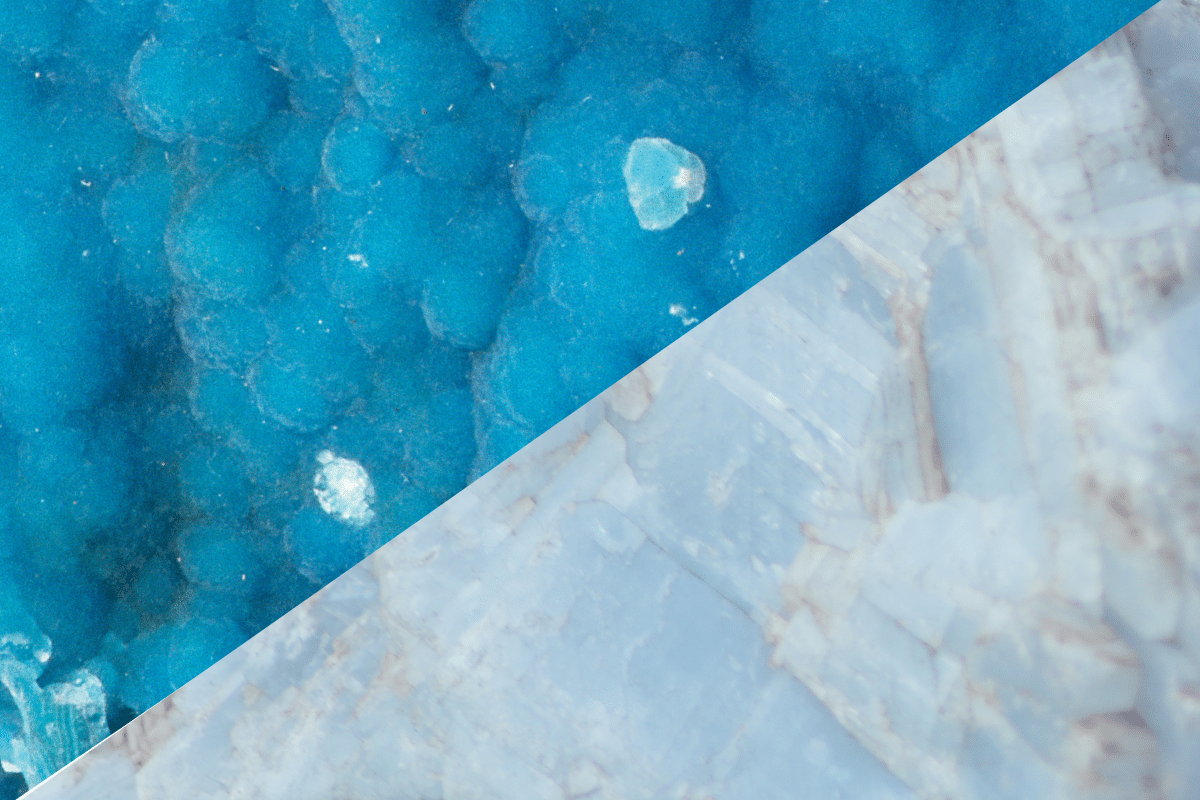
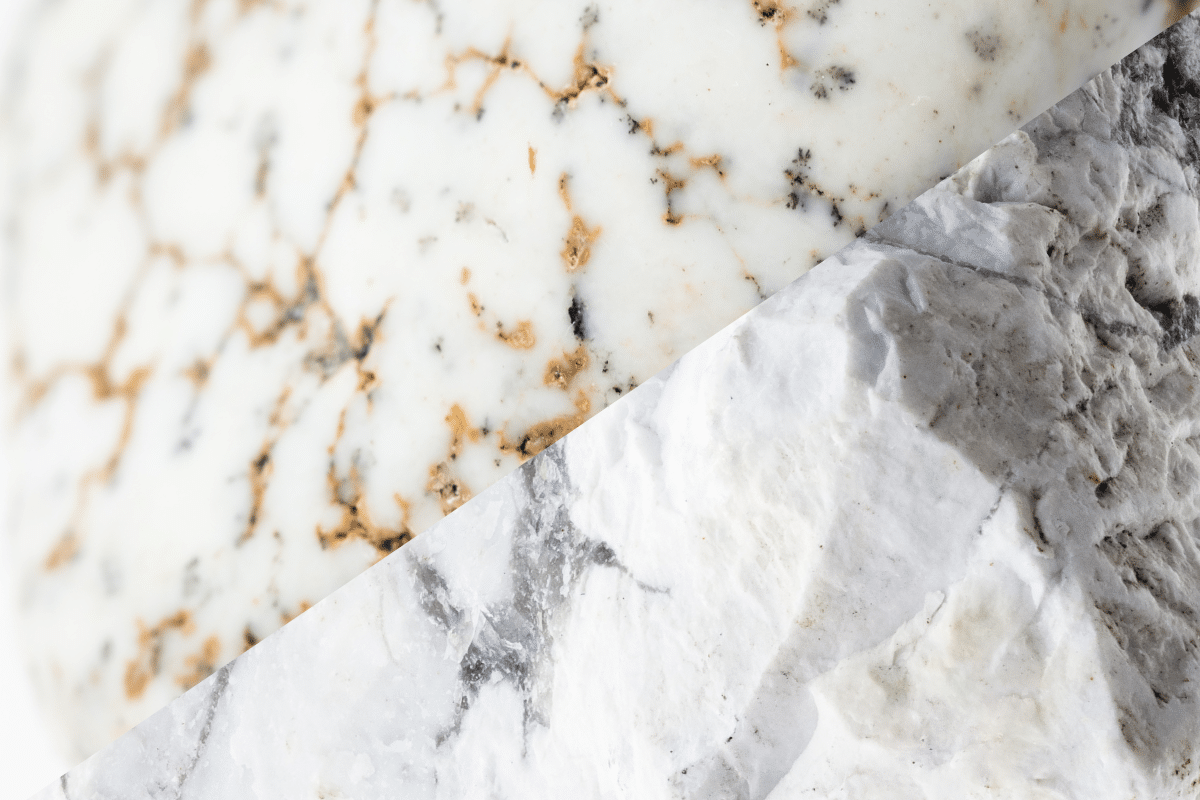
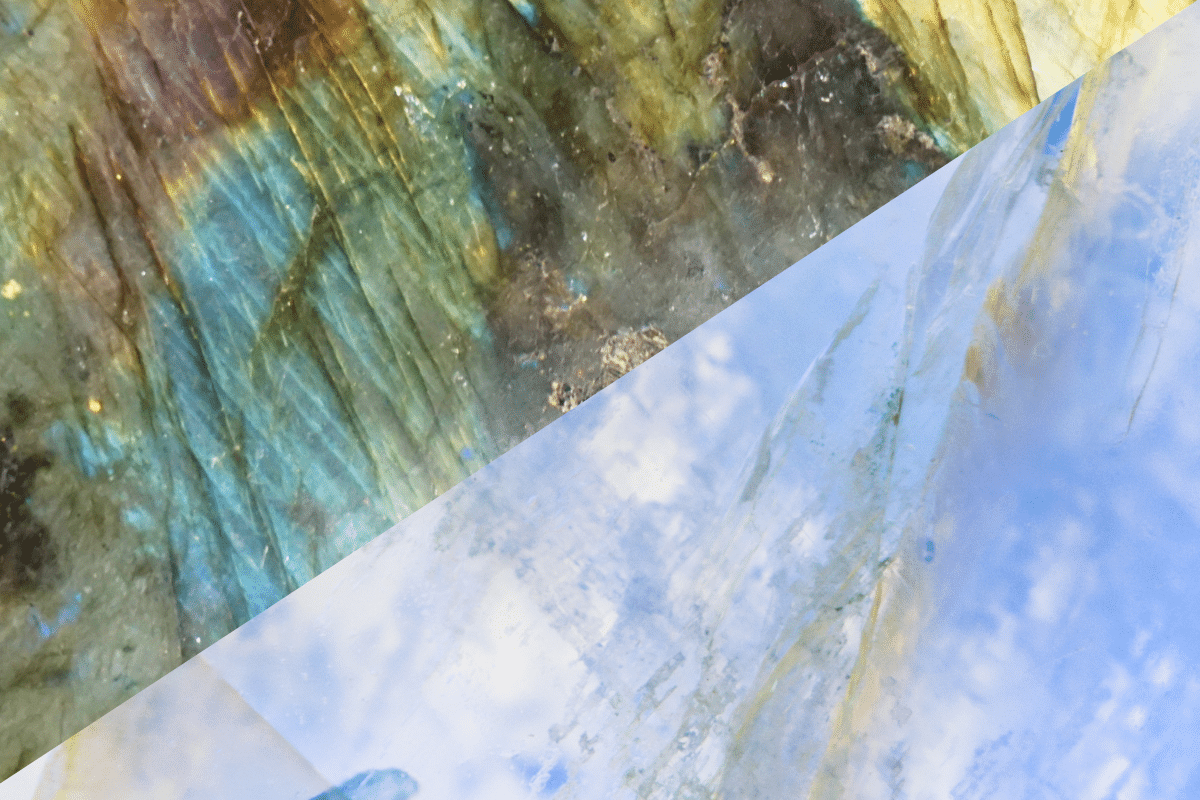
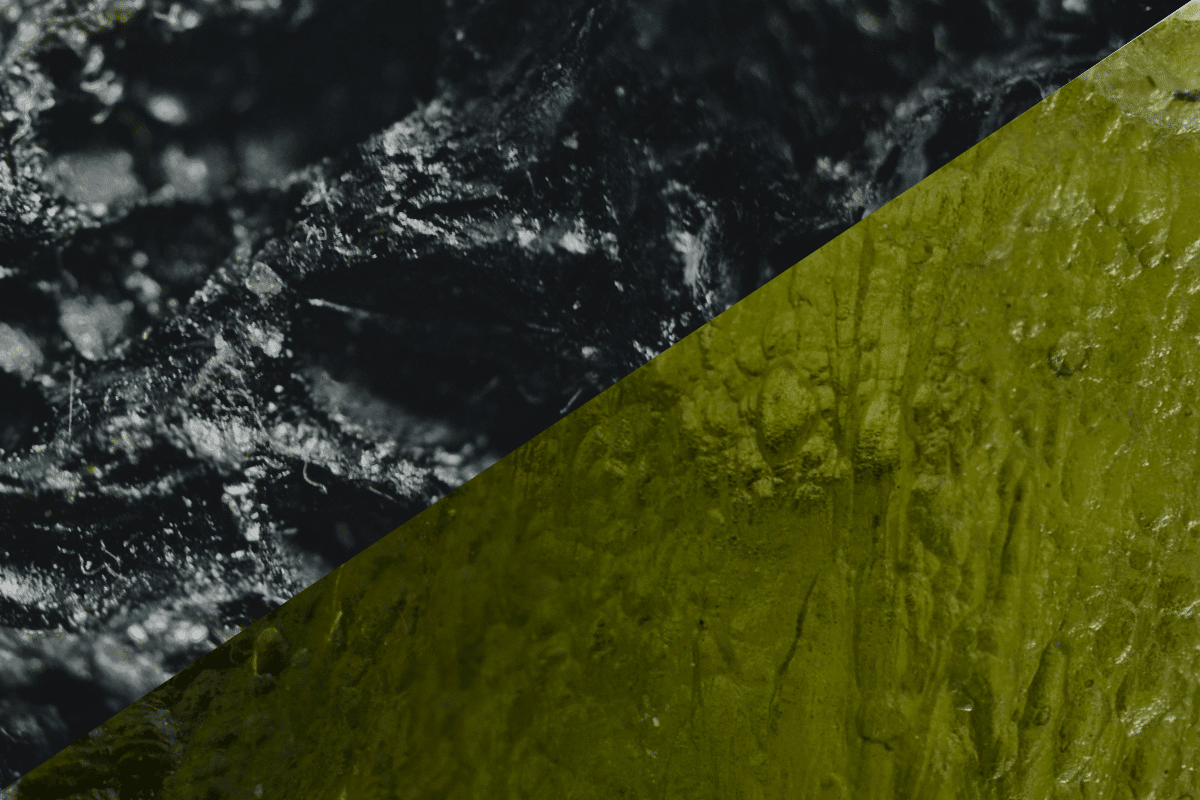


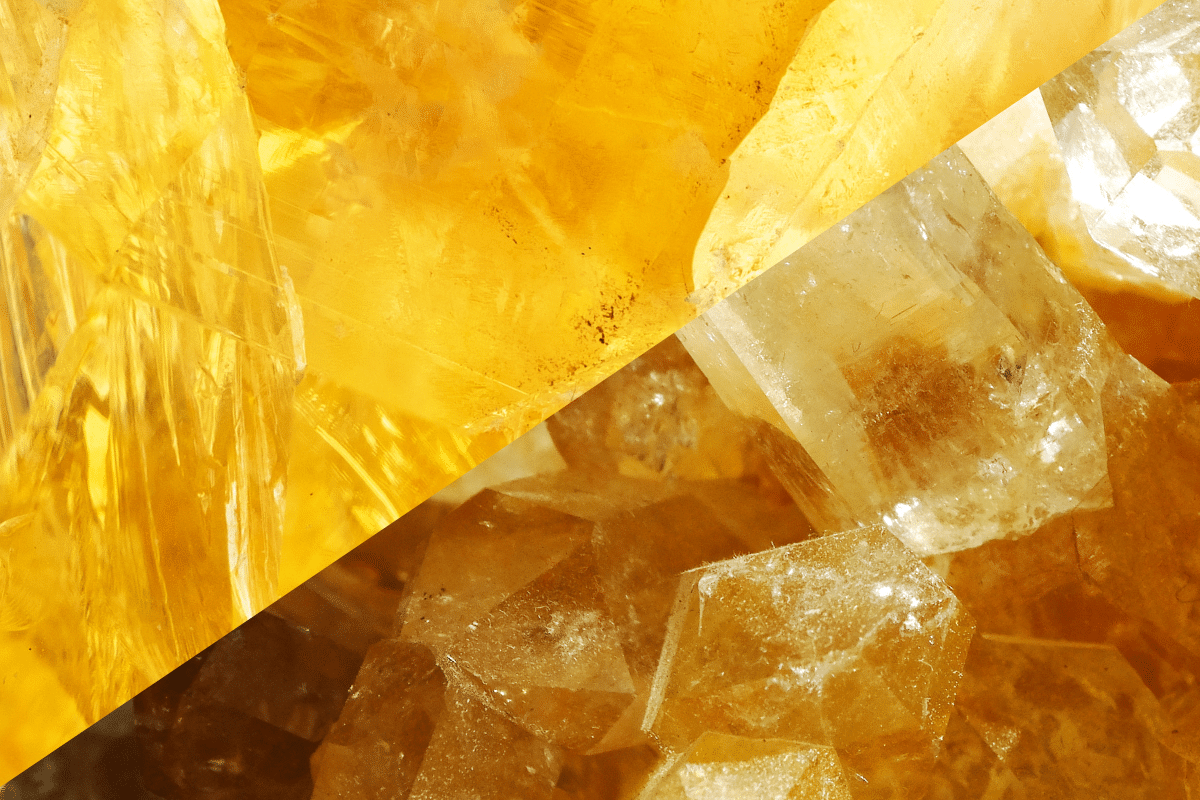
6 Comments